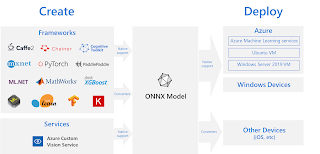This Week I Learned - Week #8 2021

This Week I Learned - * Nice analogy : In human terms - Azure Security Center is me living a generally healthy life and watching for signs that I'm run-down. Azure Defender is my gym membership or vitamins that help improve or boost my health, and Azure Sentinel is the regular and specialists tests and treatments from my doctor, that alert me to specific signs that need investigating across my whole body, including my blood tests. * If your organization has many subscriptions, you may need a way to efficiently manage access, policies, and compliance for those subscriptions. Azure management groups provide a level of scope above subscriptions. You organize subscriptions into containers called "management groups" and apply your governance conditions to the management groups. * GKE users can now choose from two different modes of operation, each with their own level of control over their GKE clusters and the relative responsibilities related to GKE - Standard & Autopi

